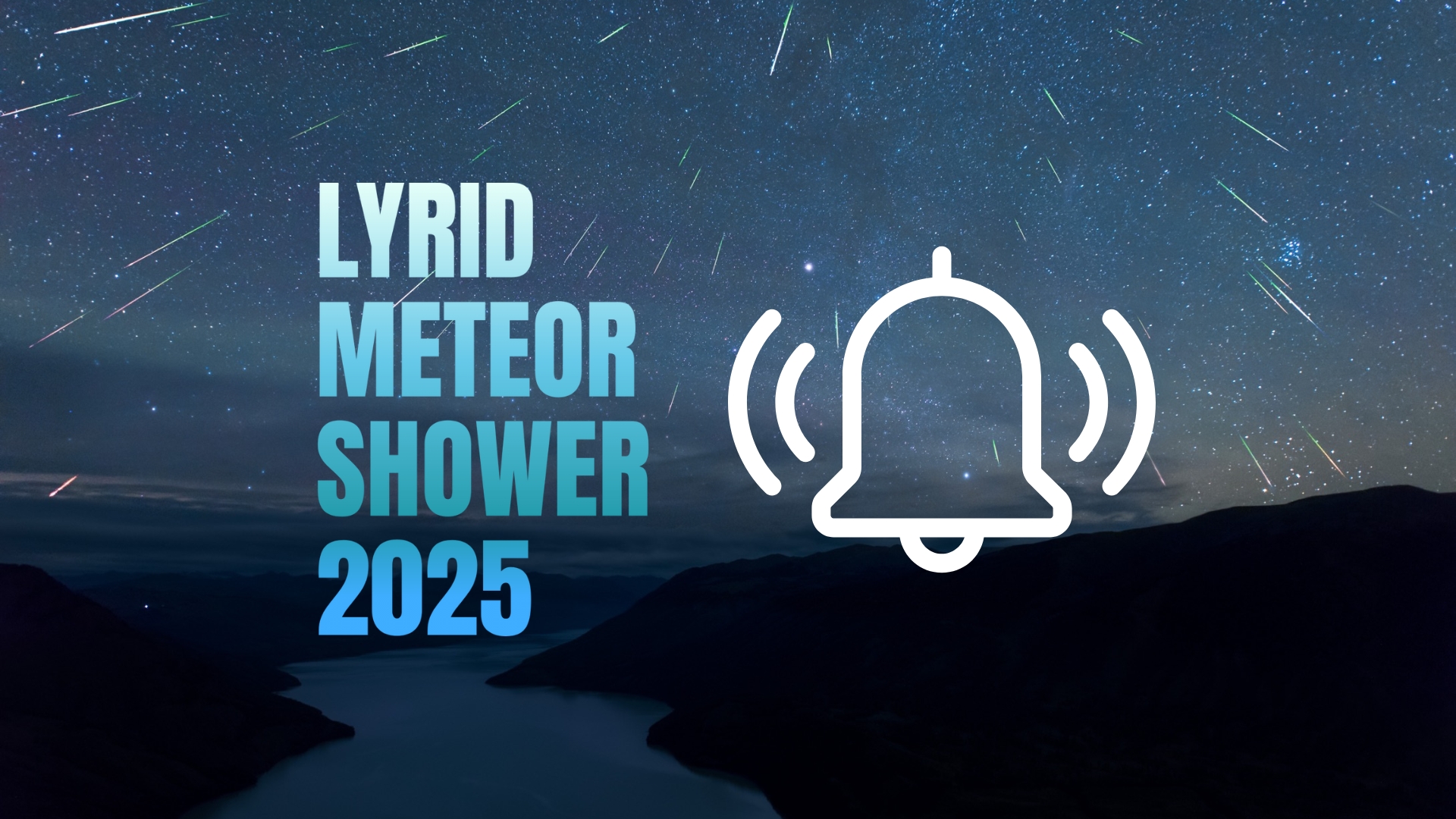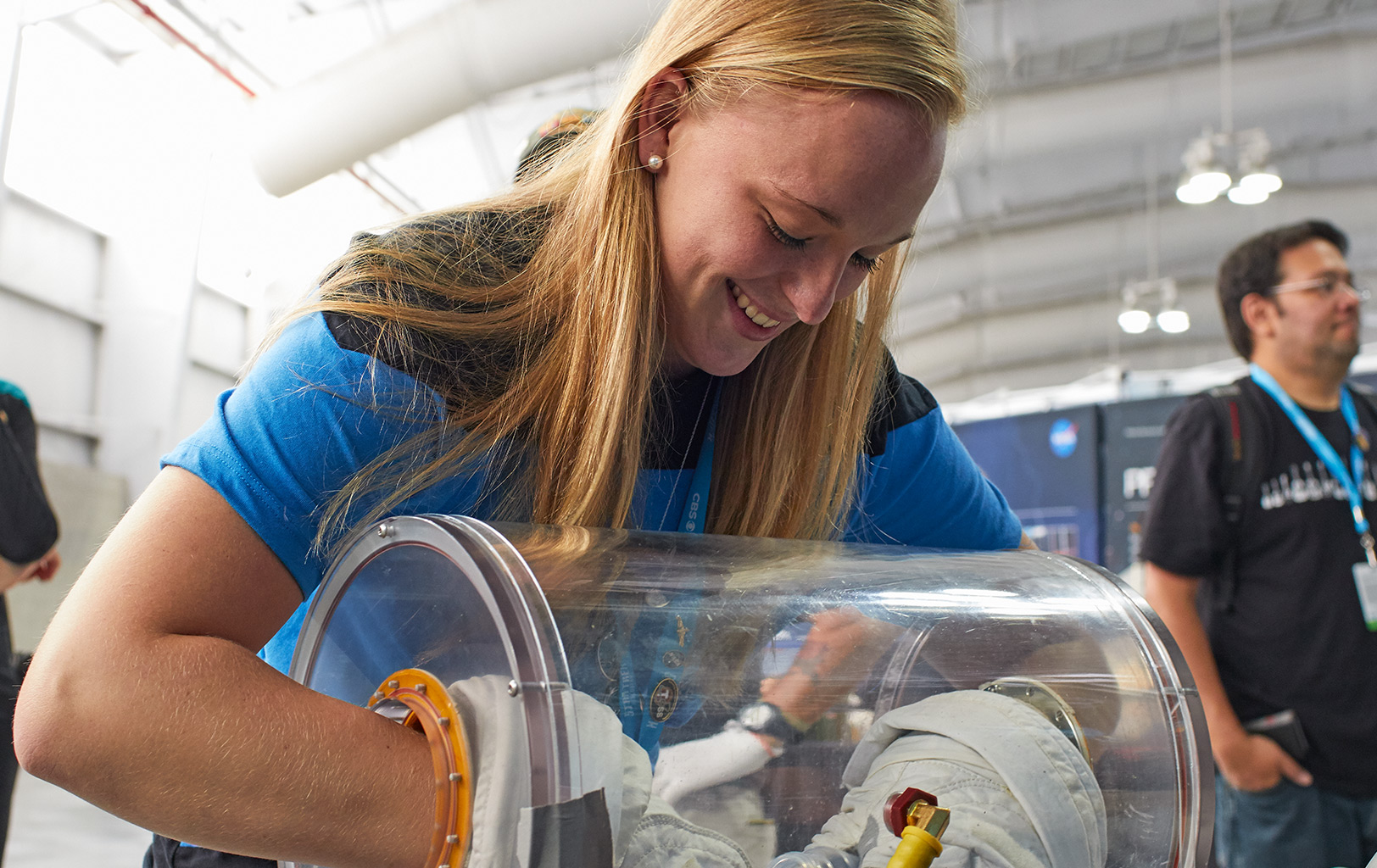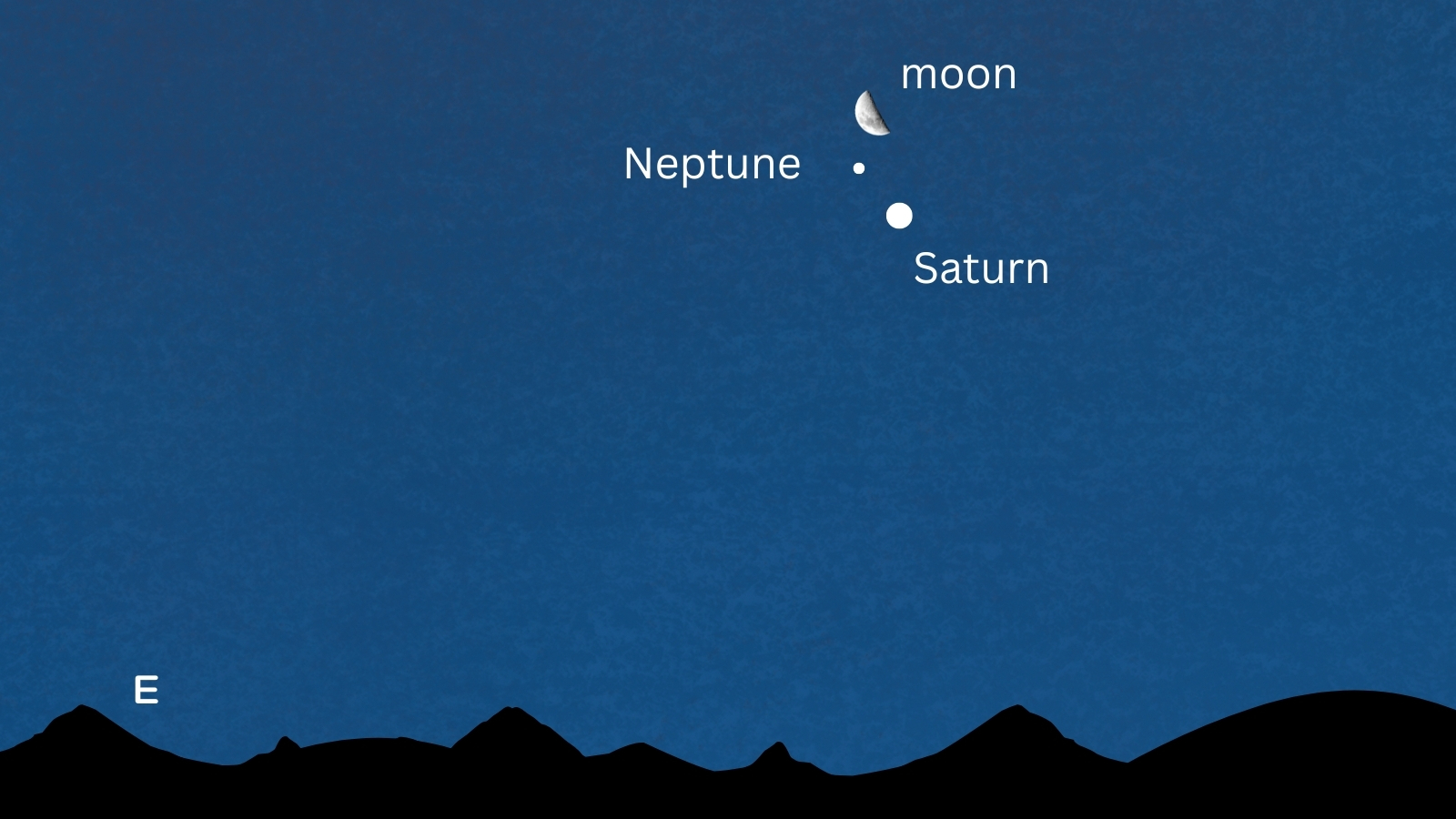The Lyrids are back: How to catch this year's spring meteor shower
The night sky will dazzle this week as the Lyrid meteor shower kicks off its annual display, marking the return of one of the oldest and most reliable celestial shows of the year.

When: 16 to 25 April
Peak: April 22
Comet of origin: C/1861 G1 Thatcher (Comet Thatcher)
Zenithal Hourly Rate (ZHR): 18
(The number of meteors a single observer would see in an hour of peak activity with a clear, dark sky and the radiant at the zenith).
The night sky will dazzle this week as the Lyrid meteor shower kicks off its annual display, marking the return of one of the oldest and most reliable celestial shows of the year.
Known for its fast, bright meteors and occasional fireballs, the Lyrids are a welcome springtime treat for stargazers. Active between April 16-25, the Lyrids can be seen streaking across the night sky, building toward their peak in the early hours of April 22, when the shower could produce up to 10 to 20 meteors per hour under dark skies.
The Lyrids come from debris left behind by Comet C/1861 G1 Thatcher. This comet, discovered in 1861, is a long-period comet that orbits the sun roughly once every 415 years. As it travels through the inner solar system, it sheds tiny bits of dust and rock that form a trail of debris.
Each year in April, Earth crosses this dusty trail, and when those tiny particles — some no bigger than a grain of sand — enter the planet's atmosphere at around 30 miles per second (49 kilometers per second), they burn up and create bright streaks of light we see as meteors.
The best time to observe the Lyrids is in the predawn hours when the meteor shower's radiant is at its highest in the sky. The radiant — the point from which the meteors appear to originate — is located in the northern constellation Lyra, near the bright star Vega. As a result, the Lyrid meteor shower is best observed from the Northern Hemisphere, whereas meteors appear fewer and lower in the night sky when viewed in the Southern Hemisphere, due to the lower position of the radiant point above the horizon. However, to see the meteors with the longest tails, viewers should not look directly toward the radiant.

Even though Comet Thatcher hasn't returned since its 1861 visit, the stream of particles it left behind continues to intersect Earth's orbit, producing the Lyrids every spring like clockwork. In fact, the Lyrids are one of the oldest known meteor showers, with records of sightings dating back more than 2,700 years.
This year, the meteor shower occurs when the moon is a thin crescent, meaning it won't wash out the night sky. No telescope or binoculars are needed to view the Lyrids — just a spot away from city lights with a clear view of the sky after midnight and before morning twilight begins.
Breaking space news, the latest updates on rocket launches, skywatching events and more!
Follow Samantha Mathewson @Sam_Ashley13. Follow us on Twitter @Spacedotcom and on Facebook.
Join our Space Forums to keep talking space on the latest missions, night sky and more! And if you have a news tip, correction or comment, let us know at: community@space.com.

Samantha Mathewson joined Space.com as an intern in the summer of 2016. She received a B.A. in Journalism and Environmental Science at the University of New Haven, in Connecticut. Previously, her work has been published in Nature World News. When not writing or reading about science, Samantha enjoys traveling to new places and taking photos! You can follow her on Twitter @Sam_Ashley13.
You must confirm your public display name before commenting
Please logout and then login again, you will then be prompted to enter your display name.
